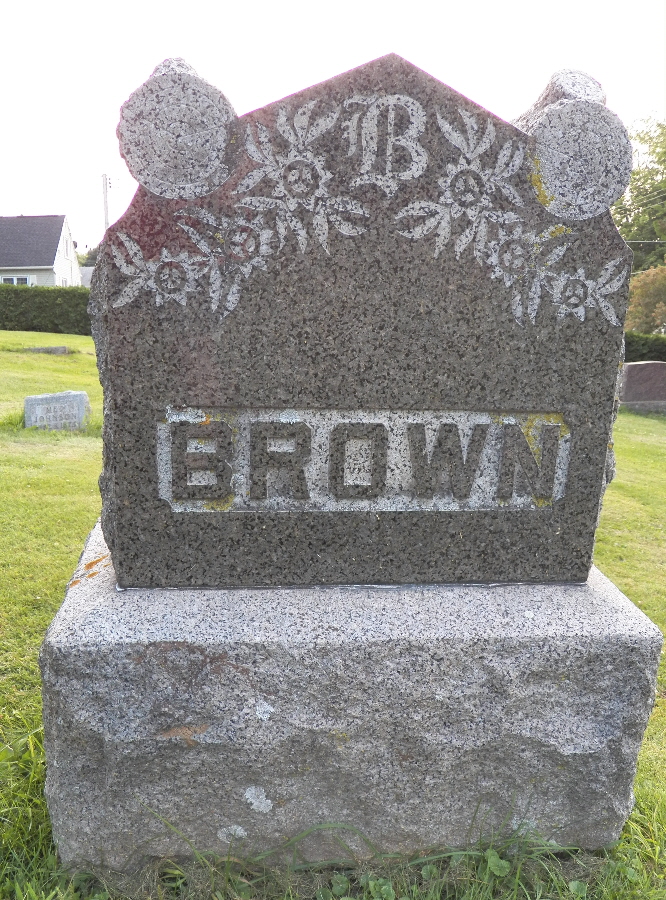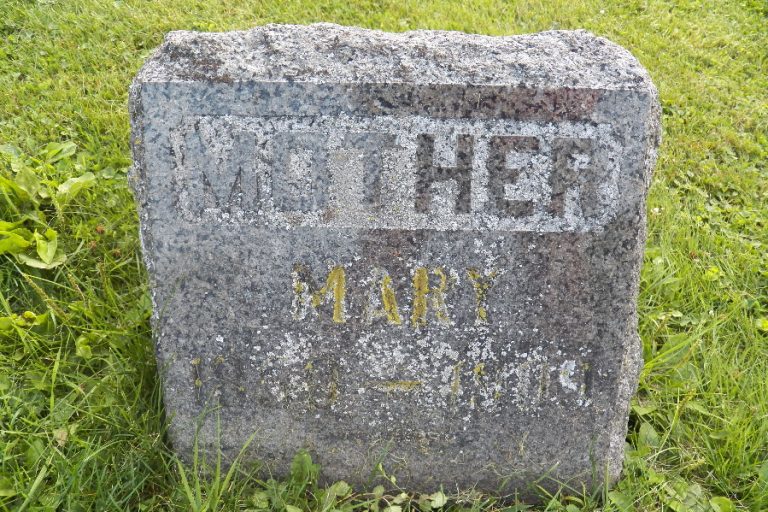Hymn History: I’ll Go Where You Want Me to Go & Author: Mary Haughton Brown
“A tiny woman who lived in Boston, she travelled around in evangelistic work, accompanying her singing on a zither or autoharp.”
(Robert Cottrill)
The Origin of the Hymn “I’ll Go Where You Want Me to Go”
Among the many hymns of Christian consecration and missionary devotion, few express surrender to God’s will as tenderly and completely as “I’ll Go Where You Want Me to Go.” Written in the late 19th century by Mary Brown and Carrie E. Rounsefell, this hymn has inspired generations of believers to dedicate their lives to the Lord’s service—whether across the seas or in their own neighborhoods. Its gentle melody and heartfelt words continue to echo the spirit of Isaiah’s prayer: “Here am I; send me.”
A Hymn Born from the Spirit of Mission
The late 1800s was a golden age for missionary hymns. The revival movements of the 19th century—sparked by the likes of Dwight L. Moody and Ira D. Sankey—had awakened the hearts of Christians to the call of evangelism both at home and abroad. Churches were sending missionaries to Asia, Africa, and the Pacific, and hymnwriters responded with songs of dedication, compassion, and surrender.
It was within this atmosphere that “I’ll Go Where You Want Me to Go” was written. The words came from the pen of Mary Brown (sometimes listed as Mary Houghton Brown), a woman of quiet devotion who lived in Ohio. She was an active member of her local church and deeply concerned about the spiritual needs of others. Though not a widely known writer, she wrote several hymns that reflected her desire to live a life fully yielded to God.
Mary Brown’s life was not that of a famous missionary or public figure. Rather, she represented the faithful Christian layperson—one who may not have been called to distant lands, but who longed to serve wherever God might lead. Her hymn reflects that balance: a willingness to go anywhere, and just as importantly, to stay where God has placed her.
The Writing of the Hymn
The story goes that Mary Brown was inspired to write the text after hearing a sermon on the theme of Christian obedience. The message emphasized that not all are called to preach or travel abroad, but that every believer has a place in God’s service. Whether in the mission field, the home, or the quiet corners of daily life, each person can respond, “I’ll go where You want me to go, Lord.”
Moved by this truth, Brown went home and penned the words that would become the hymn’s text. The verses beautifully express the surrender of a willing heart:
It may not be on the mountain’s height,
Or over the stormy sea;
It may not be at the battle’s front,
My Lord will have need of me;
But if by a still, small voice He calls
To paths that I do not know,
I’ll answer, dear Lord, with my hand in Thine,
I’ll go where You want me to go.
The lines blend humility and courage. There is no striving for recognition or grandeur—only a quiet trust that God’s call, however small it may seem, is worth obeying.
The Music by Carrie E. Rounsefell
The music that would carry Mary Brown’s words to the world came from Carrie E. Rounsefell (1861–1930), a gifted composer, pianist, and music teacher from New Hampshire. Rounsefell was active in the Methodist church and composed several hymns and gospel songs during her lifetime, often contributing both words and music.
When Rounsefell encountered Brown’s lyrics, she was deeply moved by their message of submission and devotion. She set the words to a melody of gentle grace and quiet strength—one that perfectly matches the tone of the text. The refrain soars upward in confident affirmation, mirroring the rising resolve of a heart fully surrendered to the Lord’s will:
I’ll go where You want me to go, dear Lord,
O’er mountain, or plain, or sea;
I’ll say what You want me to say, dear Lord,
I’ll be what You want me to be.
The tune, in its simplicity, invites personal reflection as well as congregational participation. It is both a prayer and a promise—sincere, unpretentious, and deeply moving.
A Hymn of Surrender and Service
The hymn’s message resonated strongly with the missionary-minded spirit of its era. It appeared in many gospel songbooks and was used widely in missionary conferences, revival meetings, and church services. Young people preparing for service abroad often sang it as a declaration of their calling, while others found in it the courage to obey God in the quiet duties of everyday life.
The three verses of the hymn explore different aspects of Christian obedience. The first speaks of going—of willingness to follow wherever God may lead. The second verse focuses on speaking—sharing God’s message with those who need to hear. And the third verse centers on being—living out the character and spirit of Christ in one’s own life.
In this way, the hymn provides a complete picture of Christian consecration: action, testimony, and character all devoted to the will of God.
Enduring Legacy
Over a century later, “I’ll Go Where You Want Me to Go” remains a treasured hymn in both traditional and missionary hymnals. It has been sung in countless commissioning services, youth gatherings, and moments of private devotion. Its enduring power lies in its universality—its reminder that obedience to God is not limited by geography, age, or ability.
The hymn’s gentle but resolute tone continues to speak across generations, inviting every believer to echo its refrain. Whether one’s “mission field” lies across the ocean or across the street, the call is the same: to go, to speak, and to be whatever God desires.
Conclusion
Mary Brown and Carrie Rounsefell may not have been famous missionaries or revival preachers, but through “I’ll Go Where You Want Me to Go,” their message has reached farther than they could have imagined. Together they created a hymn that transcends time and circumstance—a song of surrender that unites all who love and serve the Lord.
Its words remind us that true devotion is not measured by distance or grandeur, but by obedience. Whether on “the mountain’s height” or in “the paths we do not know,” the believer’s response remains the same:
“I’ll go where You want me to go, dear Lord,
I’ll say what You want me to say,
I’ll be what You want me to be.”
Related
Sorry, no records were found. Please adjust your search criteria and try again.
Sorry, unable to load the Maps API.

